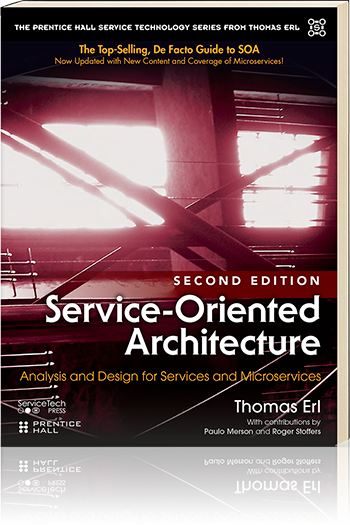SOA Patterns > Basics > Service-Orientation Principles > Introduction to Service-Orientation > The Service-Orientation Design Paradigm
The Service-Orientation Design Paradigm
As we established on the Fundamental Design Terminology and Concepts page, a design paradigm is an approach to designing solution logic. When building distributed solution logic, design approaches revolve around a software engineering theory known as the “separation of concerns.” In a nutshell, this theory states that a larger problem is more effectively solved when decomposed into a set of smaller problems or concerns. This gives us the option of partitioning solution logic into capabilities, each designed to solve an individual concern. Related capabilities can be grouped into units of solution logic.
The fundamental benefit to solving problems this way is that a number of the solution logic units can be designed to solve immediate concerns while still remaining agnostic to the greater problem. This provides the constant opportunity for us to reutilize the capabilities within those units to solve other problems as well.
Different design paradigms exist for distributed solution logic. What distinguishes service-orientation is the manner in which it carries out the separation of concerns and how it shapes the individual units of solution logic. Applying service-orientation to a meaningful extent results in solution logic that can be safely classified as “service-oriented” and units that qualify as “services.” To understand exactly what that means requires an appreciation of the strategic goals of service-oriented computing combined with knowledge of the following service-orientation design principles:
- Standardized Service Contract
- Service Loose Coupling
- Service Abstraction
- Service Reusability
- Service Autonomy
- Service Statelessness
- Service Discoverability
- Service Composability

Figure 1 – Each of the service-orientation principles contributes to the strategic goals and benefits associated with service-oriented computing.


